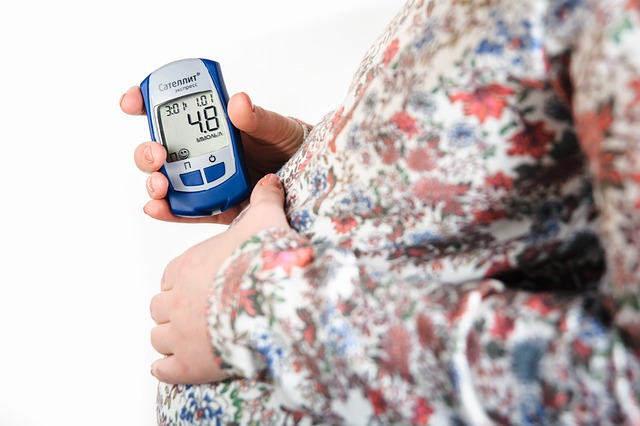The fertility window is that crucial time in a woman’s menstrual cycle when the chances of conception are at their peak. It’s primarily centered around ovulation, which only lasts for about 12-24 hours after an egg is released. Back in the ’90s, many women relied on outdated methods like basal body temperature (BBT) charts to figure out when they were ovulating. Nowadays, those charts are considered pretty basic, and there are far more effective scientific tests available. Dr. Emily Thompson, a physician at our clinic, shares some insights on BBT and more reliable ways to track your fertility.
What is Basal Body Temperature and How Accurate Is It?
After ovulation, a woman’s BBT typically rises by about 1°C. This spike signals that ovulation has already occurred, making it tricky if you’re trying to plan for baby-making. If you’ve ever tried tracking your BBT, you know the drill—keeping a thermometer by your bed, getting a good night’s sleep, and avoiding bathroom trips can be a bit unrealistic.
While some healthcare providers might still mention BBT, it’s often unreliable and can lead to unnecessary stress.
What Are Better Methods to Determine Your Fertility Window?
Before ovulation, the brain releases luteinizing hormone (LH), which signals the ovaries to release an egg. This LH surge usually happens 12-36 hours prior to ovulation, offering a more precise way to know when to get busy. The best tools for tracking this surge are ovulation predictor kits and blood tests.
Ovulation Predictor Kits
You can easily grab over-the-counter ovulation predictor kits that use urine test strips to check for rising LH levels. We recommend having intercourse on the day of the LH surge and the day after to maximize your chances of conceiving. Your fertility specialist can also keep a closer watch on your cycle using transvaginal ultrasounds and lab tests to monitor egg maturity and ovulation.
Understanding Your Menstrual Cycle
Your menstrual cycle is like a vital sign that reflects your reproductive health. If your cycles are irregular, ovulation predictor kits may not work well, and it’s wise to consult a fertility specialist for further evaluation.
As Dr. Thompson often tells her patients, “Even if we can’t pinpoint a specific diagnosis right away, testing helps us create a tailored treatment plan to enhance your chances of pregnancy.” Once we understand your unique situation, we can develop a plan that fits your age, diagnosis, treatment history, and personal preferences.
It’s essential to maintain open communication with your medical team throughout this journey.
Advancements in fertility technology have made significant progress over the last two decades, and we’re committed to continuously improving upon older methods like BBT to enhance your success rates.
For more tips on preparing for parenthood, check out our post on must-have nursery items here. If you’re looking for at-home insemination options, you can find quality kits here. Additionally, if you’re seeking more information on infertility, visit this excellent resource here.
Summary
In summary, while tracking basal body temperature can provide some insights into your fertility, it’s often not the most reliable method. Consider using ovulation predictor kits and consulting with a fertility specialist for a more accurate assessment of your fertility window. There are many resources available to help you on your journey to parenthood.

